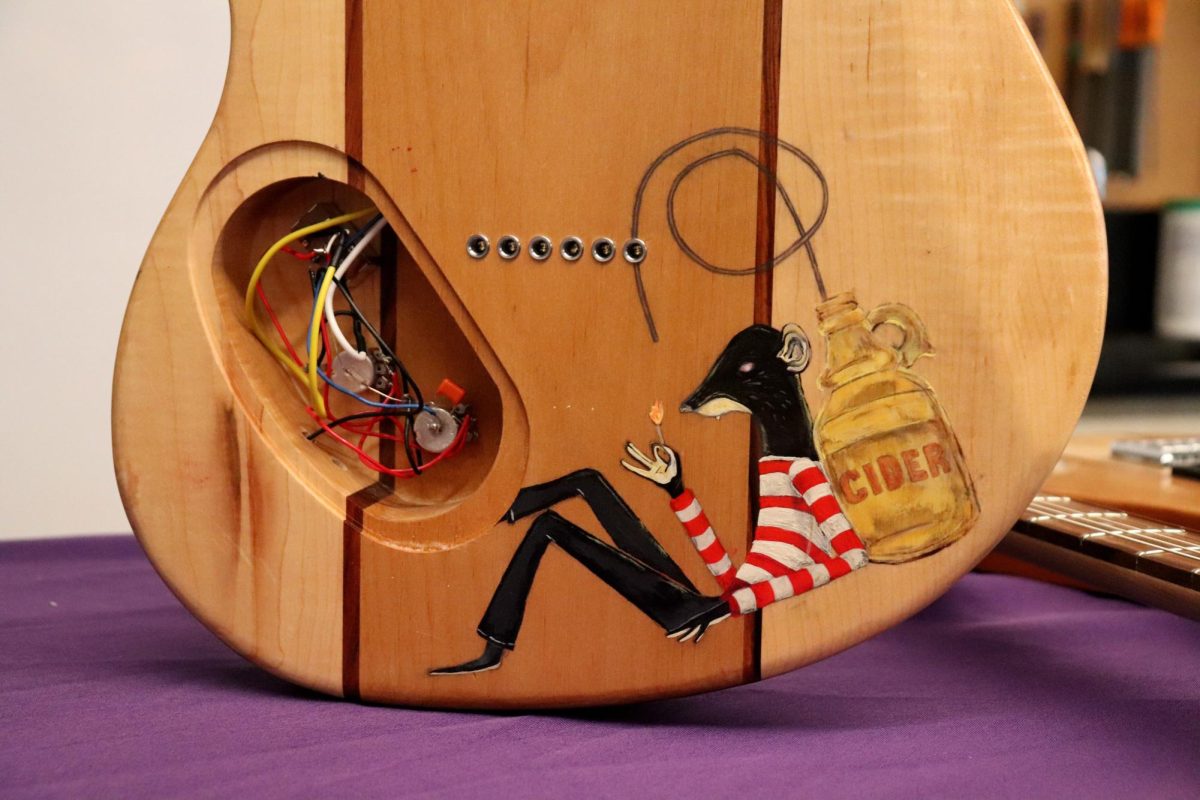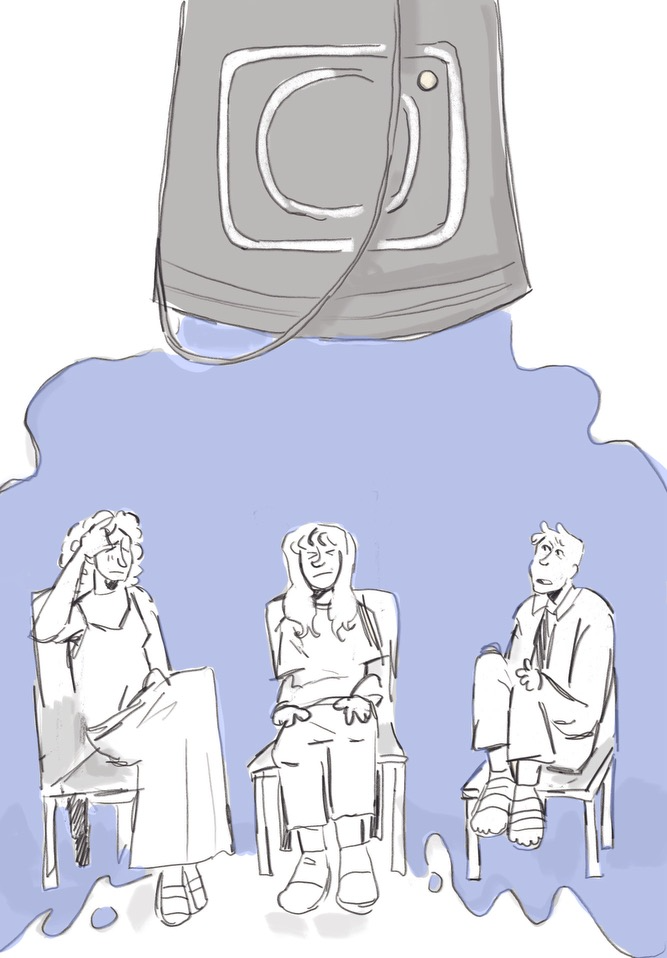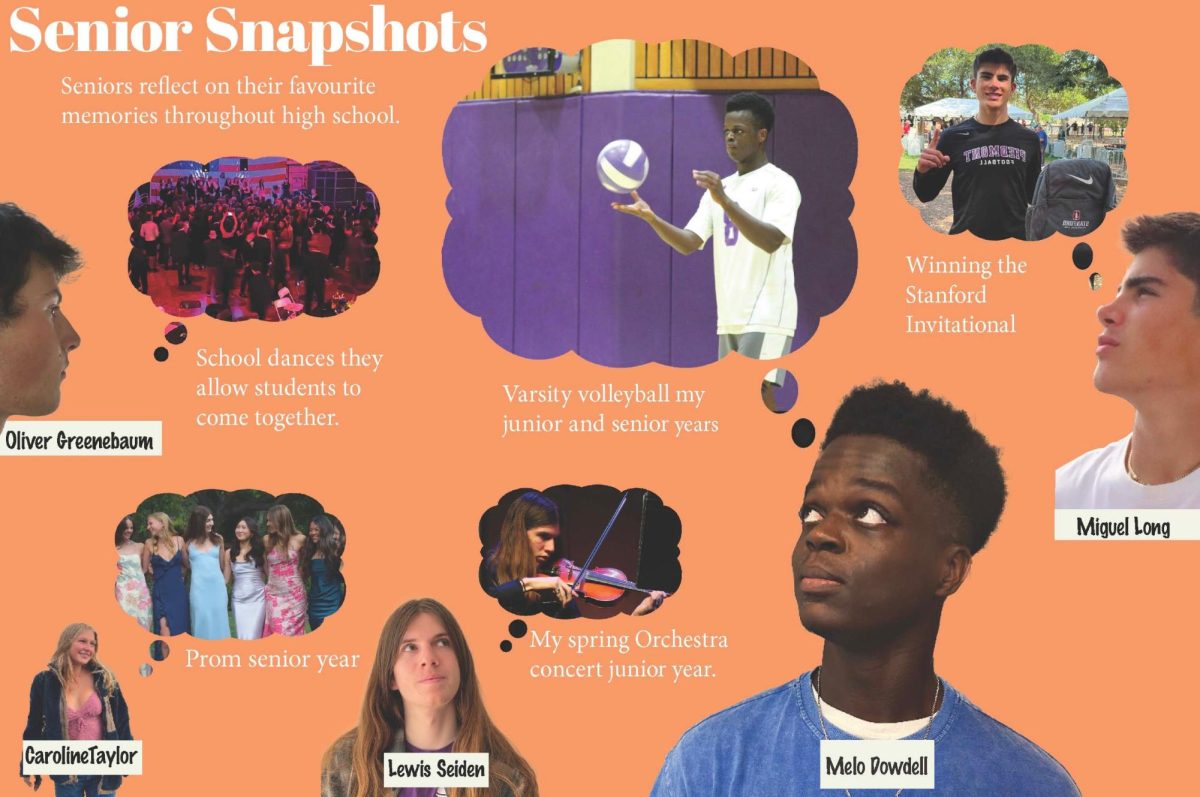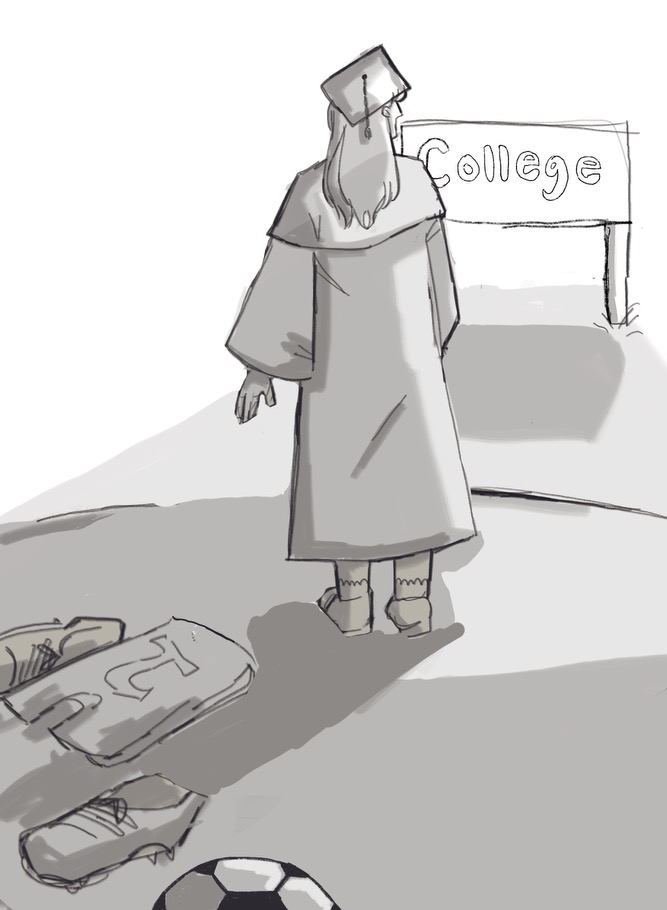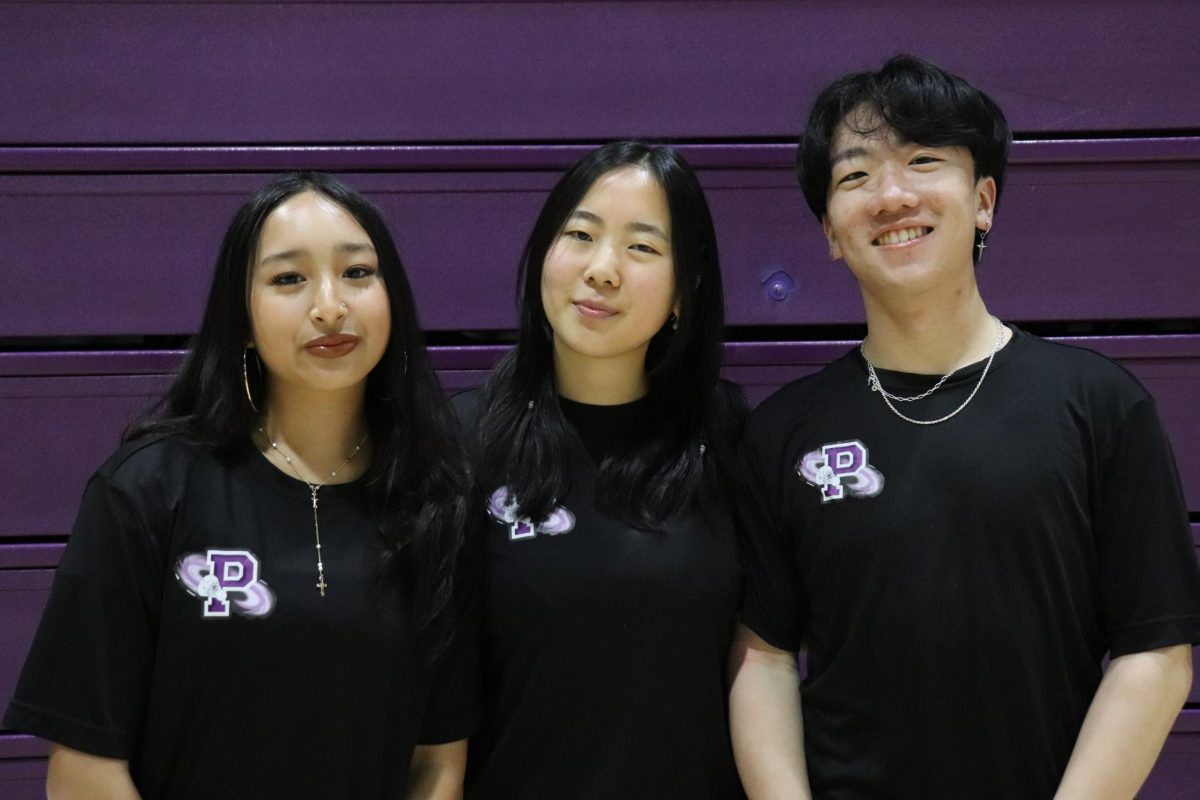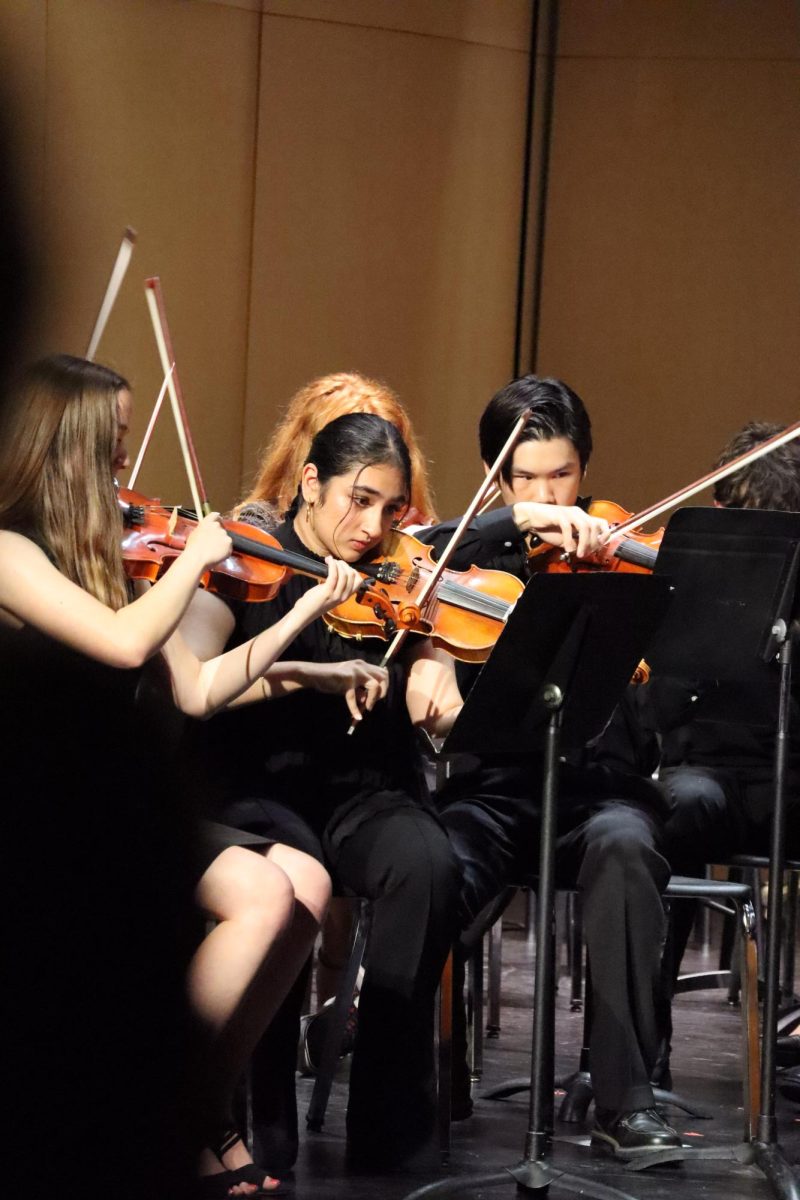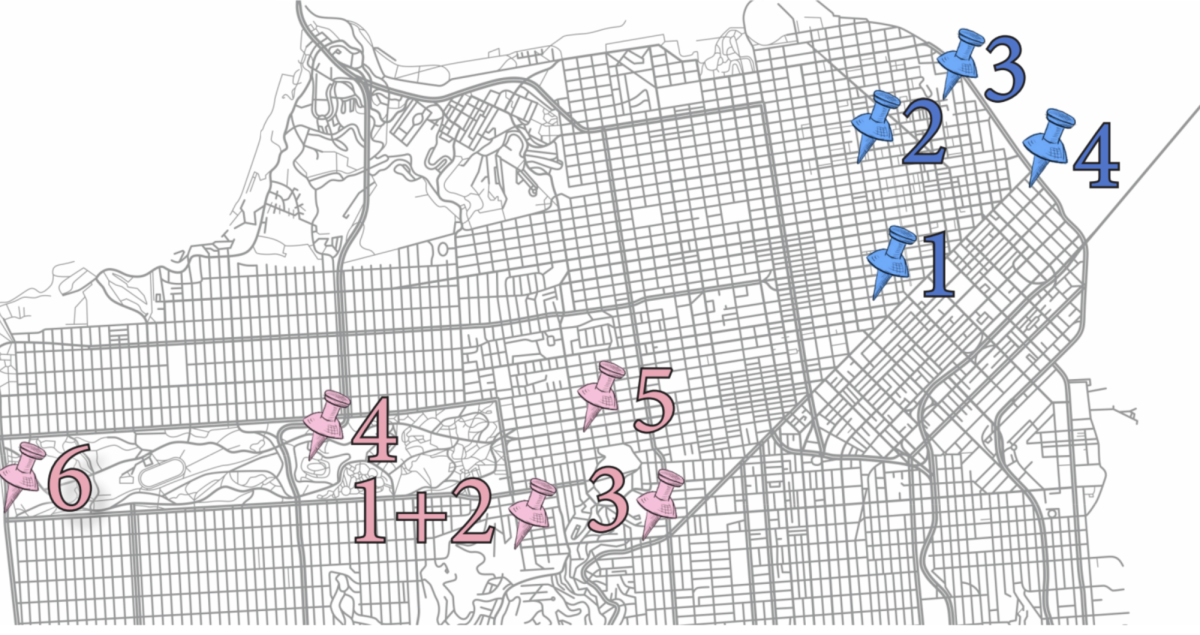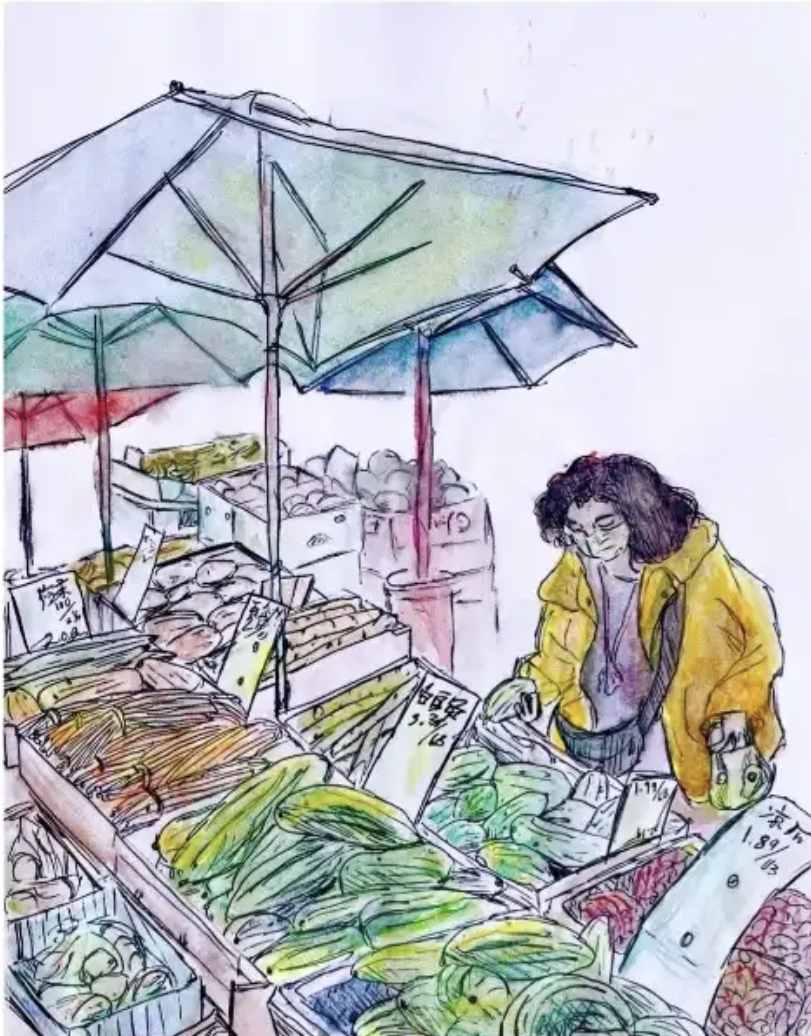The administration has decided that all students in the class of 2016 will wear purple gowns during the graduation ceremony on June 9.
In past years, male students wore purple gowns while female students wore white gowns to represent Piedmont’s colors. After discussing the implications of separating the genders and imposing the gender binary, the administration has decided that they will unify the class by enacting a change for all students to wear the same color.
Principal Brent Daniels said that one of the main reasons for the switch to one color was to create a more inclusive community, especially for people who are gender non-conforming and non-binary. After attending two sessions at Camp Everytown, he became much more aware of the diversity of the student body and the importance of respecting students’ differences.
“As principal, I wanted to ensure that all students felt supported and cared for, especially those who may not want an imposed color based on their gender,” Daniels said.
Daniels has been crucial in the decision to mandate a single gown color, but he says that students have been at the forefront of this decision.
“Students came to me at the end of last year, with the question of why we were following a tradition that emphasized the gender binary,” Daniels said. “After reflecting, we realized that creating one color was the best way to ensure a healthy experience for all students.”
Senior James Shoptaugh is grateful that the administration switched to one gown color, because they felt uncomfortable with being fit into the gender binary that is unrepresentative of many students.
“There are plenty of trans people or other people who don’t want to be fit into categories, even if people don’t think there are,” Shoptaugh said. “Even if there is one person who would be more comfortable with a more inclusive ceremony, then it’s been a good change.”
Shoptaugh said that a good alternative would be to allow half the students to wear white and half the students to wear purple on a first-come, first-serve basis. However, they value inclusiveness over a color preference.
“Everyone wants to graduate feeling accepted,” Shoptaugh said. “Anything can make a difference, even the small things like this.”
Senior Tyler Ellis is impressed that the administration has been so open and progressive with this decision.
“In our grade, a lot of change has occurred,” Ellis said. “It can be hard to deal with changing so many traditions, but it’s also a huge compliment to our grade that administration knows we can handle this maturely.”
However, Ellis said that if he did have a choice, he would wear white for aesthetic reasons and for a cooler option on a hot day.
“I just hope people can look past this and be happy that we’re graduating,” Ellis said.
Senior Yael Gordon wishes that Piedmont could celebrate both of its colors by allowing people a choice.
“Instead this should be something we do based on preference,” Gordon said. “I know a lot of boys who would wear white and girls who would wear purple.”
Gordon is disappointed that the school chose purple as the unifying color.
“I find it frustrating that we always have to accommodate boys,” Gordon said. “There would be a bigger issue if the senior boys were asked to wear white gowns or attend the senior tea instead of the other way around.”
Daniels said that administration chose purple as the color because he felt that a choice of color might still weigh upon students as a more subtle enforcement of the gender binary, as well as to make the class more unified.
“We chose purple because it’s the color that is the most representative of Piedmont,” Daniels said. “I want the unity of the color to emphasize that we are one class.”
Senior Isabella Sassi said that if students had a choice they may initially adhere to tradition, but as time goes on would be more free to choose a different color.
Daniels said that some students have come to him with the issue that the community was not involved enough in the decision, but it is unlikely that students in the class of 2016 will get a choice of graduation gown color.
“We need to have the courage to move forward in any direction to include more of our students and families,” Daniels said. “This is the right thing to do as a symbol of inclusion.”






